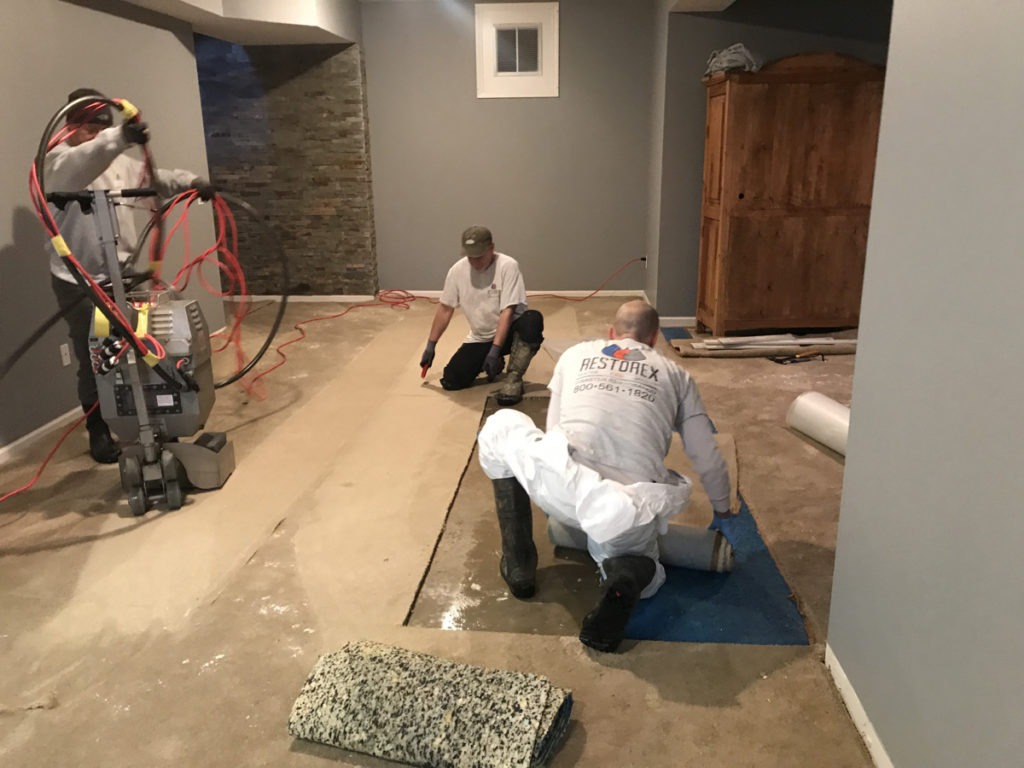When a home sustains damage, taking fast action is crucial to prevent further deterioration and costly repairs. Immediate response can significantly reduce the impact of issues such as water intrusion, structural damage, or electrical hazards. The first step after identifying any damage is to assess the situation carefully and ensure safety for all occupants. If the problem poses a risk of injury or fire, evacuate the premises promptly and call emergency services if necessary. Once safety is secured, it is important to address the source of damage without delay.
Water leaks are one of the most common causes of home damage that escalate quickly if left unattended. Whether from burst pipes, roof leaks, or flooding, standing water can cause extensive harm to walls, floors, and personal belongings while encouraging mold growth. Shutting off the main water supply immediately helps contain the issue. After stopping further water entry, removing excess moisture through mopping or using wet vacuums minimizes long-term effects. In cases where flooding occurs due to natural disasters or severe plumbing failures, contacting professional restoration services ensures thorough drying and disinfection.
Structural problems require prompt attention as well since they affect a building’s stability and safety. Cracks in walls or foundation shifts should be inspected by qualified professionals who can determine whether temporary supports are needed before permanent repairs take place. Ignoring these signs could lead to worsening instability and potential collapse over time.
Electrical faults caused by damaged wiring during storms or accidents also demand urgent handling due to fire risks involved with exposed wires or short circuits. Turning off power at the breaker panel prevents further hazards until licensed electricians evaluate and fix compromised systems safely.
In addition to immediate fixes for visible damages, documenting everything through photos and notes proves essential when dealing with insurance claims later on. Quick communication with your insurer allows you to understand coverage options early in the process so that repairs proceed smoothly without undue financial strain.
Maintaining clear air circulation within affected areas helps reduce humidity levels that contribute to material degradation like wood rot or wallpaper peeling away from surfaces after exposure to moisture.
Overall, swift intervention limits secondary damages that often result from neglecting initial harm in homes experiencing sudden incidents such as leaks, storms, fires, or accidents involving infrastructure components inside buildings themselves; acting decisively safeguards both property value and resident well-being alike by preventing minor issues from becoming major problems requiring extensive reconstruction efforts down the line.

